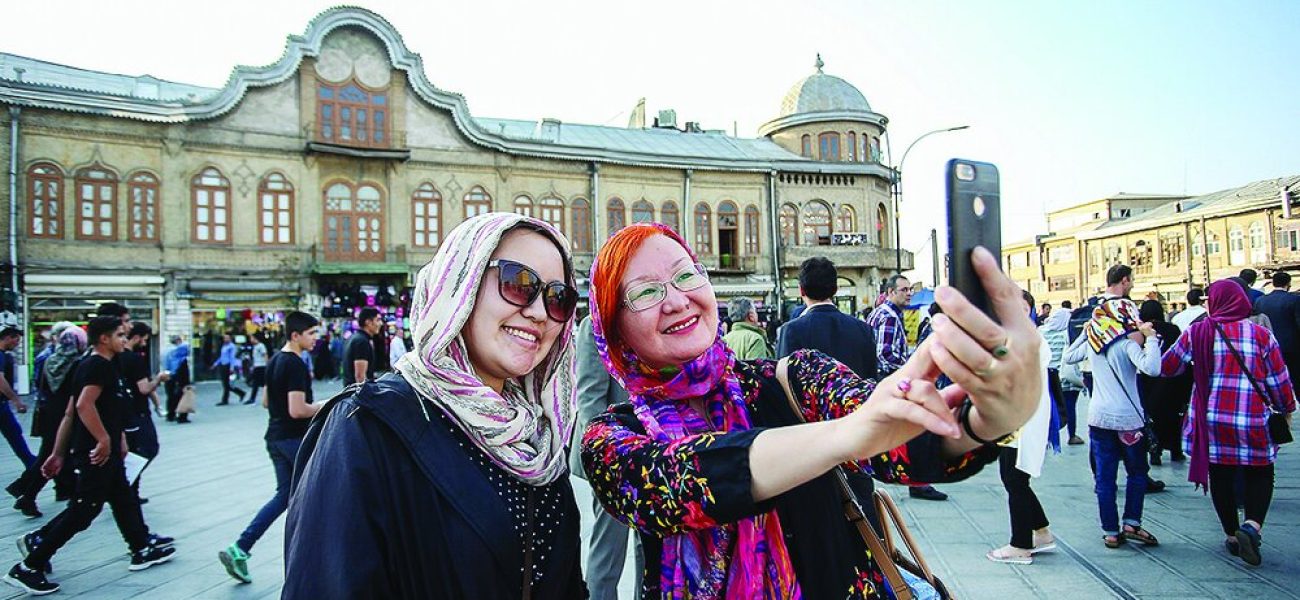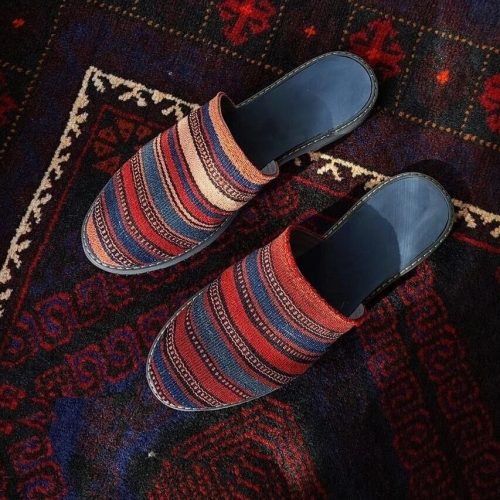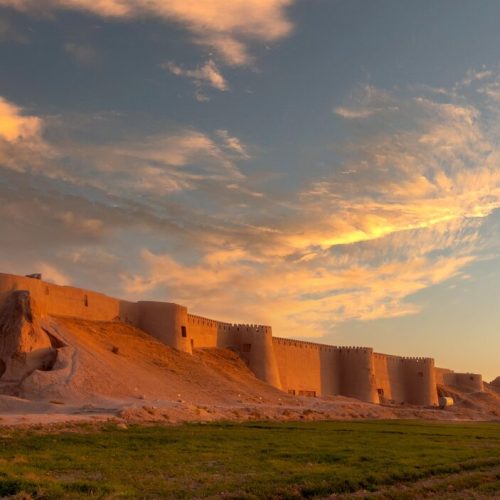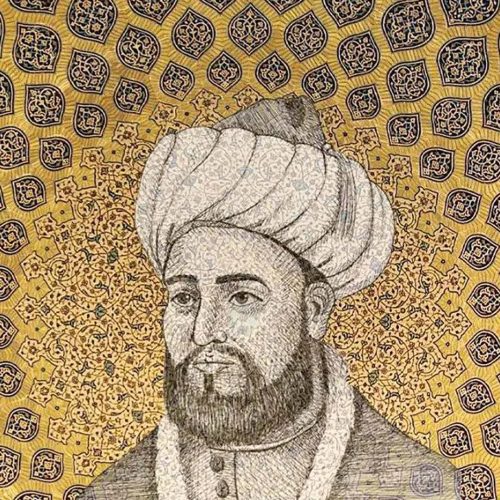By Dr. Mehrdad Azizi Iranian Historical Studies Journal
In the verdant embrace of the Zagros Mountains, where ancient whispers dance through wind-swept plains and time-honored stones, lies Hamedan—a city that is not merely a geographical location, but a living, breathing chronicle of Iranian identity. To speak of Hamedan is to unravel a narrative as complex and vibrant as the Persian carpets that have adorned its bazaars for centuries.
A City Carved by Millennia
Hamedan is not just old; it is primordial. Known in classical times as Ecbatana, the summer capital of the Median and Achaemenid empires, this city has witnessed the rise and fall of civilizations with a silent, knowing gaze. When other cities were mere settlements, Hamedan was already a sophisticated urban center, its streets alive with the languages of traders, philosophers, and dreamers.
Imagine walking through streets where Cyrus the Great might have once strode, where the echoes of Median kings still resonate in the ancient stones. This is not just historical romanticism—this is Hamedan’s living reality. Every cobblestone, every weathered wall tells a story of resilience, of cultural continuity that has survived invasions, empires, and radical transformations.
The Demographic Mosaic
What makes Hamedan truly extraordinary is not just its historical significance, but its people. This is a city where diversity is not a modern concept, but an age-old tradition. Persian, Kurdish, Azeri, and Armenian communities have long coexisted here, creating a rich social tapestry that defies simplistic narratives of homogeneity.
The population of approximately 700,000 represents a microcosm of Iranian social complexity. Walk through the city’s neighborhoods, and you’ll encounter multigenerational families, each with stories that intertwine personal history with the broader narrative of Iranian society. Young professionals discussing global politics in trendy cafes sit alongside elderly artisans who remember a Hamedan from decades past—both equally passionate, equally Iranian.
Cultural Crossroads: More Than Just a City
Hamedan is not just a geographical location; it is a cultural phenomenon. Its significance extends far beyond its municipal boundaries. This is a city that has consistently been a crucible of intellectual and artistic innovation.
Literary Heritage
Consider the profound literary legacy. Hamedan is the birthplace of Avicenna (Ibn Sina), perhaps the most significant philosopher-scientist of the medieval Islamic world. His philosophical and medical works shaped global intellectual discourse for centuries. To be from Hamedan is to carry the genetic memory of intellectual rebellion and curiosity.
The city’s literary tradition doesn’t end with Avicenna. Contemporary poets and writers continue to emerge from this intellectual landscape, carrying forward a tradition of critical thinking and artistic expression that has defined Iranian cultural production for millennia.
Architectural Splendor
The city’s architecture tells a story of continuous adaptation and preservation. Traditional houses with their distinctive wind towers stand alongside modern structures, creating an urban landscape that is simultaneously nostalgic and forward-looking. The Alavian Dome, with its intricate brick and tile work, represents not just architectural mastery but a philosophical approach to beauty—where precision meets poetry.
Economic Dynamics: Tradition Meets Modernity
Economically, Hamedan embodies the complex transformations of contemporary Iran. Traditional bazaars where handicrafts are still produced using centuries-old techniques exist alongside modern industrial parks. Agriculture remains crucial—the region is renowned for its agricultural products, particularly its exceptional hamadan cheese and high-quality wheat.
Young entrepreneurs are reimagining traditional economic models. Tech startups are emerging, proving that innovation is not the monopoly of metropolitan centers like Tehran. The city’s universities, particularly Bu-Ali Sina University, are producing a generation of professionals who are globally competitive yet deeply rooted in local traditions.
The Handicraft Renaissance
Hamedan’s handicrafts deserve special mention. The city’s carpet weaving tradition is not a museum piece but a living, breathing art form. Each carpet is a narrative, with patterns that communicate stories of migration, resistance, love, and hope. Young artisans are now using digital platforms to market these traditional crafts globally, creating economic opportunities while preserving cultural heritage.
Challenges and Resilience
It would be disingenuous to paint only a rosy picture. Like many Iranian cities, Hamedan has faced significant challenges—economic sanctions, regional instabilities, and rapid social transformations. Yet, this is precisely where the city’s true character emerges.
The people of Hamedan have an almost legendary capacity for adaptation. Economic pressures have not broken their spirit but have instead fostered incredible creativity and community solidarity. Local community organizations, often led by women, have developed innovative support systems that challenge simplistic narratives about Iranian social structures.
Environmental Consciousness
The city is also at the forefront of environmental awareness. Located in a region experiencing significant climate challenges, Hamedan’s residents are developing sustainable agricultural practices and urban management strategies that could serve as models for other regions facing similar ecological pressures.
Culinary Landscape: A Taste of Identity
No exploration of Hamedan would be complete without delving into its culinary world. The city’s cuisine is a testament to its geographical diversity and cultural complexity. Traditional dishes like “Ash-e Dizi” are not mere recipes but cultural statements—each ingredient telling a story of agricultural practices, migration patterns, and familial traditions.
Local restaurants and home kitchens are spaces of cultural preservation and innovation. Young chefs are reinterpreting traditional recipes, creating a culinary dialogue between past and present that is uniquely Hamedani.
A Living Narrative
Hamedan is not a city that can be understood through statistics or historical timelines. It is a living narrative, continuously being written by its inhabitants. Its significance lies not in what it was, but in what it represents—a testament to Iranian resilience, creativity, and complex social imagination.
To be from Hamedan is to understand that identity is not static but a continuous negotiation between historical memory and contemporary aspirations. It is to know that culture is not a museum piece but a living, breathing entity that transforms even as it preserves its core essence.
As Iran continues to navigate complex global and local dynamics, cities like Hamedan offer profound insights. They remind us that true cultural strength lies not in uniformity but in the ability to embrace complexity, to find unity in diversity, and to continuously reimagine oneself without losing sight of one’s roots.
Hamedan whispers, roars, debates, and dreams—a city that is simultaneously an archive and a promise.
Dr. Mehrdad Azizi is a historian and cultural commentator specializing in urban studies and Iranian social dynamics.




